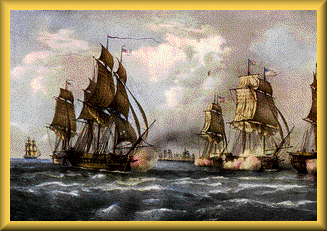

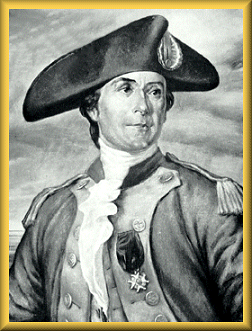 John Paul Jones |
"FATHER OF THE AMERICAN NAVY" John Paul Jones (1747-1792), American Revolutionary War naval hero, often called the "Father of the American Navy". He was born in Kirkbean, Kirkcudbright county, Scotland, on July 6, 1747. |
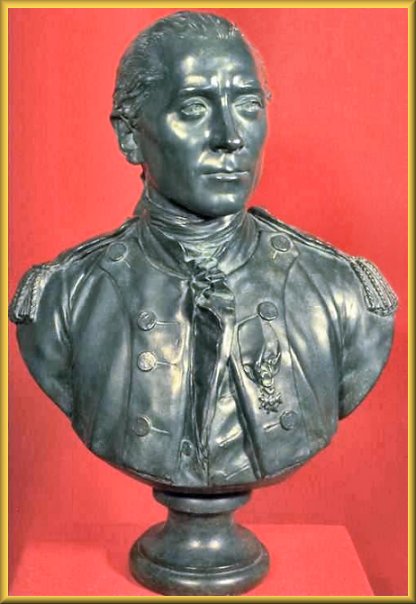 |
Jones passed 20 months in obscurity in America, chiefly in Fredericksburg, Va. A tradition assumes he changed his name during this period from John Paul to Paul Jones and John Paul Jones in gratitude to two brothers, Willie and Allen Jones of North Carolina. There is no authentic record proving that he ever met either of them or that they served him in any way. What is known with certainty is that Joseph Hewes, shipowner and signer of the Declaration of Independence, was his greatest early benefactor. |
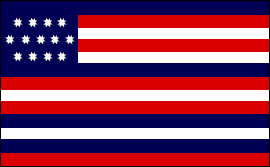
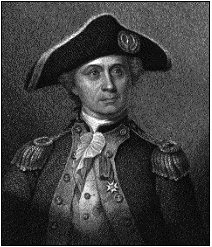 |
This was the dominant image of Jones during a century when naval officers, in particular, shared his great sense of personal honor. The era of Jacksonian Democracy found much to admire in the rise of a Scot's gardener's son to glory in the Continental Navy and to flag rank in the Imperial Russian Navy. |
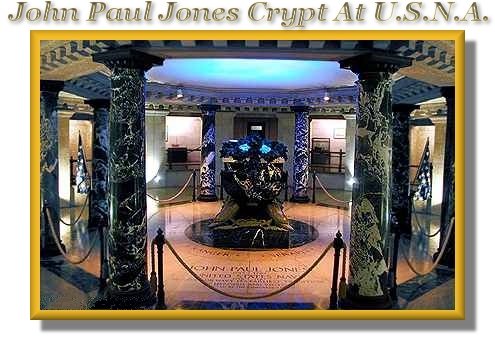
John Paul Jones' Crypt
Beneath The Chapel At The U.S.Naval Academy
In the end, John Paul Jones's legacy rests not so much
on what he accomplished as on how he did it.
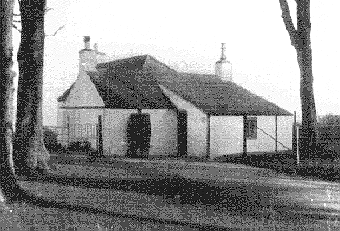 Gardener's Cottage-1905 |
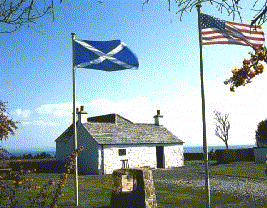 |
Birthplace of John Paul Jones
- Gardener's Cottage
Arbigland House, Kirkbean, Kirkcudbright, Scotland - 1998
Photo - Ronald W. McGranahan, VAdm. USN Retired